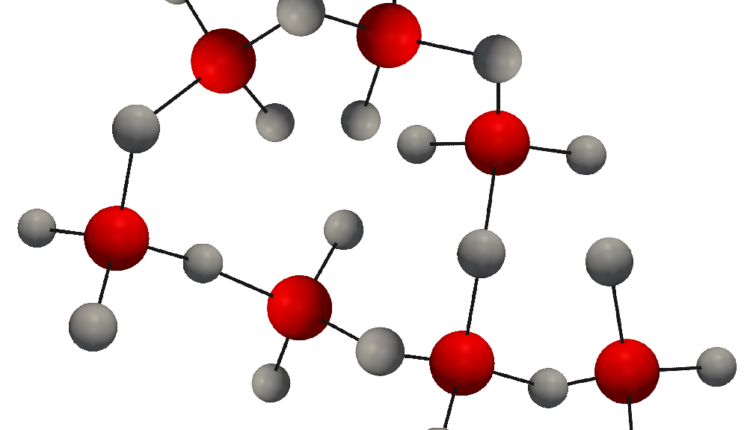Silicon Carbide (SiC): An Emerging Powerhouse in High-Power Semiconductor Applications
Silicon Carbide (SiC), a combination of silicon and carbon, is a semiconductor material that has been gaining substantial attention in the world of power electronics. Offering several advantages over traditional silicon, SiC is poised to redefine the field of high-power electronic devices.

Silicon Carbide (SiC): A Game-changer in Power Electronics
The ability to handle high voltages and reduce power loss makes SiC a promising candidate for high-power applications. It is a wide bandgap semiconductor, providing high power density and power module efficiency while ensuring low power consumption. These attributes make it an ideal choice for power electronic devices used in various applications, including electric vehicles and power supplies.

Advantages of Silicon Carbide
SiC stands out for its unique physical and electronic properties. It can operate at higher temperatures and voltages compared with silicon, resulting in increased power and superior performance. Additionally, SiC’s high thermal conductivity enhances the reliability of SiC devices and reduces the risk of overheating. Its faster switching speed and lower switching loss are the cherries on top, reducing power losses and contributing to energy efficiency.
Applications of SiC Devices
The properties of SiC are exceptionally suited for power devices like Metal Oxide Semiconductor Field Effect Transistors (MOSFETs) and diodes. SiC MOSFETs, for instance, demonstrate low on-resistance and high-speed switching, making them ideal for power management in various applications. Similarly, SiC diodes offer high-voltage operation and superior thermal characteristics, making them a reliable choice in power systems.
SiC’s excellent properties are also harnessed in power semiconductor devices such as power modules and uninterruptible power supplies. The radical transformation of power electronics due to SiC-based power devices is evident in these high-power applications.
Silicon Carbide in the Semiconductor Industry
The use of SiC in the semiconductor industry has grown exponentially, particularly in power electronics. The benefits of SiC, such as high power density and reduced power loss, make it an attractive option. For instance, in an electric vehicle, SiC semiconductors enable increased efficiency, leading to longer battery life and improved performance.
The SiC technology extends beyond device fabrication. The production of high-quality SiC wafers is integral to advancing the semiconductor industry. These wafers form the base substrate on which SiC devices are built, and advancements in their quality directly impact the overall performance and reliability of SiC electronics.
Conclusion
The rise of Silicon Carbide (SiC) semiconductors marks a pivotal moment in the world of electronics. Its superior properties and potential applications are transforming power devices and systems, promising a future of efficient, high-performance power electronics. As SiC technology continues to evolve, it will undoubtedly bring forth a new era of power electronic devices, fostering innovation and driving progress in high-power applications.




Comments are closed.